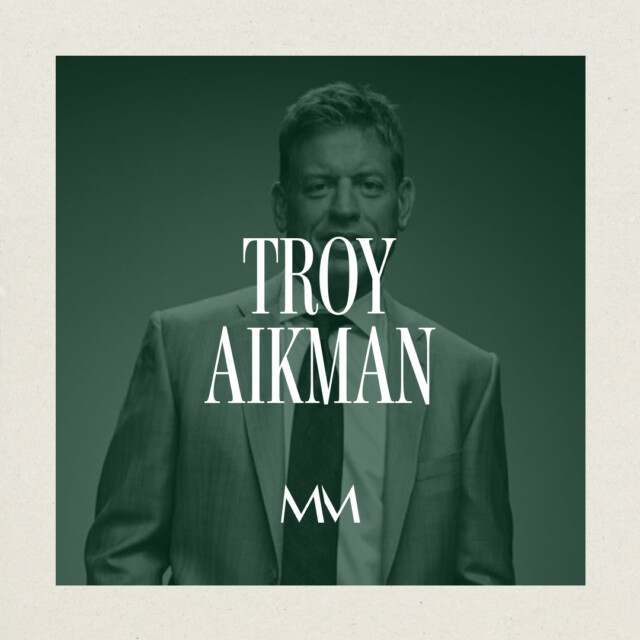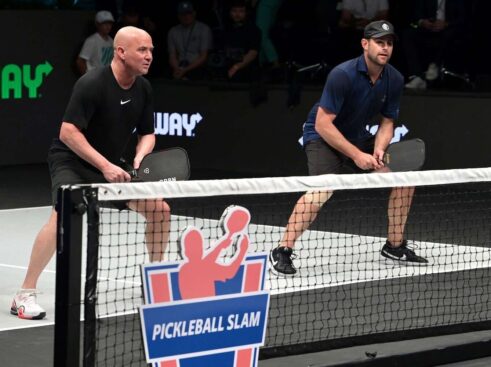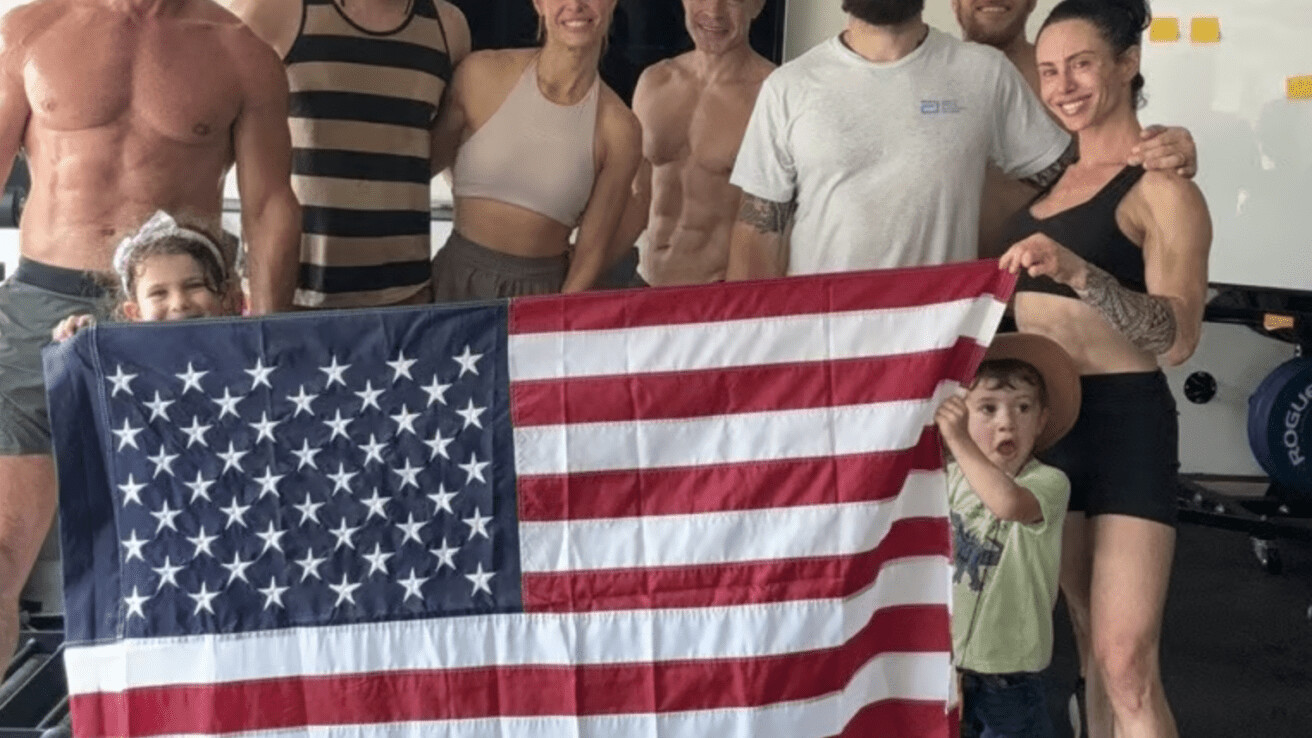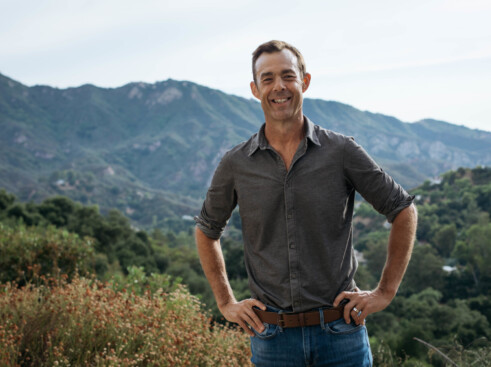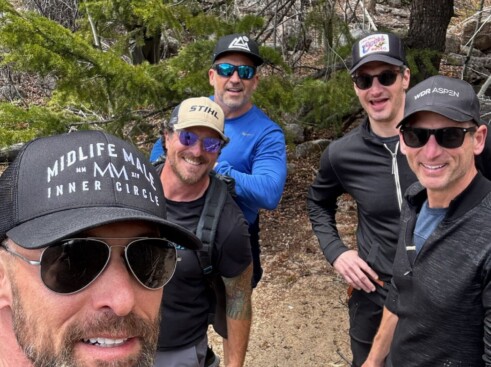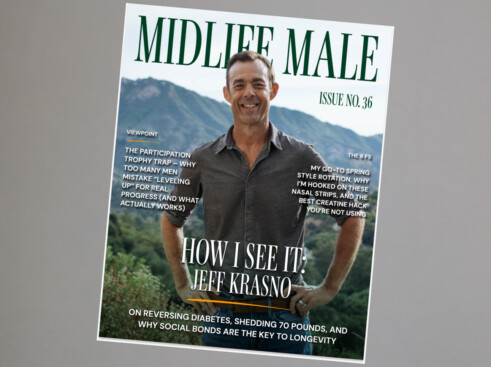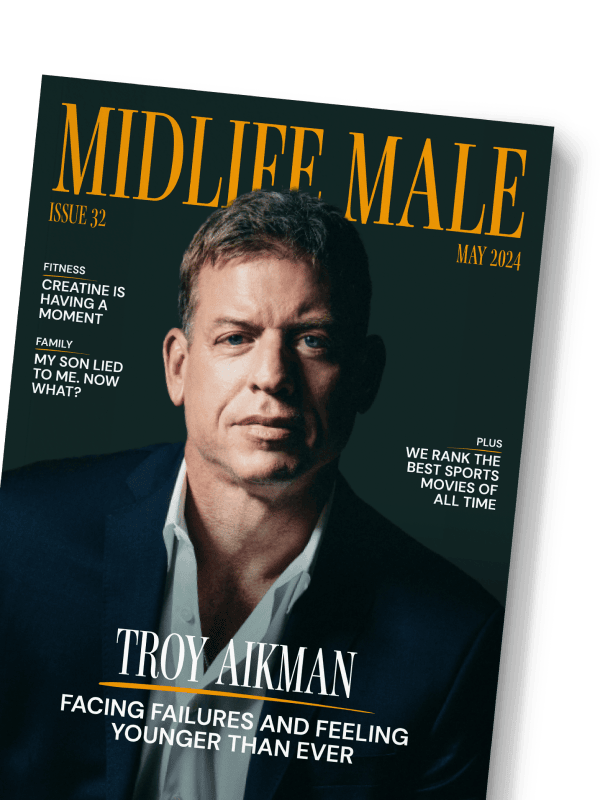This past Memorial Day, I participated in the Murph workout for the 17th consecutive year. This grueling challenge, named after former Navy SEAL Michael Murphy, is a tribute to our veterans.
However, as I’ve grown older, the recovery process has become increasingly difficult.
For the record, it’s hard. It’s supposed to be hard. 1 mile run, 100 pullups, 200 pushups, 300 squats, 1 mile run…While wearing a 20-pound vest. I subbed in a 2000-meter row for the runs as I didn’t want the pounding on my knees. I got it done in 50 minutes.
The day after completing the workout, I started complaining to Kate that I wasn’t feeling well. That’s when she reminded me of a pattern she’s observed over the years: I always get sick after taking on challenges like this.
Kate’s observation struck a chord with me. She suggested that I should recognize my limits and not push myself so hard. And she’s not alone in her concern.
Studies have shown that men in middle age are particularly susceptible to burnout, both physically and emotionally. According to a survey by the American Psychological Association, nearly a third of men aged 45 to 64 report experiencing chronic stress, and more than a quarter say they feel overwhelmed by their responsibilities.
These statistics highlight the importance of understanding our limits and adapting to our personal and professional boundaries as we age.
In my case, I’ve learned that when I take on an extreme physical challenge or endure intense personal or professional stress, I tend to get sick. Whether it’s climbing 29029, competing in Hyrox, or even writing my book for seven to eight hours a day or more, my body starts to shut down, leaving me feeling like crap for a few days.
It’s one thing if this was all I was training for or all that I was responsible for. But the reality is that, for me and most of us, our lives are multidimensional. We’re husbands, fathers, providers, and “athletes,” mostly on weekends. It’s all connected in how we show up, perform, respond and recover. If I’m constantly pushing myself to the brink in one area, it inevitably affects the others.
But it’s not just physical challenges that can lead to burnout. The same survey found that men in midlife are also more likely to experience emotional exhaustion, with nearly 40% reporting that they feel drained or fatigued due to work-related stress. This emotional burnout can have a profound impact on our personal lives, affecting our relationships with family and friends.
It’s important to recognize that there’s no glamour in constantly hustling and grinding, especially in midlife. We should be smarter by now. I should be smarter by now. It’s time to check our egos at the door and think about the big picture.
This is where we get to redefine what success looks like and understand that everything comes at a cost. I could crush Murph, but if it takes me a week to recover, is the cost too high? What if I paced it instead?
Jesse Itzler, an entrepreneur and endurance athlete, talks about his approach to running marathons. He runs for 7 minutes and walks for 3 minutes, repeating this pattern throughout the race. This strategy allows him to finish, and that’s what winning looks like to him. It’s about finding a sustainable approach that works for you, one that balances challenge and recovery.
I’m not advocating giving up, giving in, or even slowing down, certainly not due to age alone. I’m simply suggesting that sometimes the bigger win is living to fight another day and focusing on sustainability and longevity. Rather than falling asleep as soon as I get home, I can actually stay awake and enjoy family dinner.
So how do we find the balance?
How do we continue to challenge ourselves while avoiding burnout?
The answer is that we don’t focus on balance. We focus on harmony, which lies in understanding our own capabilities, bandwidth and boundaries. It’s about running our own race and operating in a way that allows us to be the best version of ourselves across all dimensions of our lives.
For me, harmony means going hard, but resting harder. It means strategically and tactically pushing beyond my capacity sometimes, but not all the time. It means understanding when I’m overshooting, appreciating the achievement and accomplishment, and allowing for the necessary recovery to come back stronger, both mentally and physically.

It also means setting realistic goals and standards for myself, and adhering to them.
I spent 14 years in risk management, and while I can’t say that I truly enjoyed all that much of it, I did pick up a few things. One of them is that understanding, mitigating and evaluating risk scenarios is very real and it’s crucial to know where that line is and how you want to approach it.
Listen to your head, your heart and your body. Listen to those around you. It’s not about selling yourself short; it’s about being smart, strategic, tactical and mature.
In midlife, running your own race means understanding your limits and respecting them, while still challenging yourself to be the best version of you. It’s about finding the balance between pushing yourself and allowing for recovery, between achievement and sustainability.
By recognizing our boundaries and adapting to them, we can avoid the physical, mental and emotional burnout that plagues so many men in middle age. Instead, play the long game with an emphasis on sustainability and longevity.
